Looking at contemporary artists and the commentary that is made on or about their work. Looking at online resources and issues to consider, review some formal sites for future research.Thomas Schutte Thomas Schutte (b. 1954) - Gerhard Richter was tutor and due to Richters accomplishments in paint, Schutte opted for sculpture as he couldn't say any more (compete?). manipulates scale and materials - googling images means that sometimes names, materials, context, scale etc are lost. search engines will also find 'related' images, people that are influenced by, shown in similar places etc.Thomas Schutte Big Buildings, Models and Views. Bundeskunsthalle, Bonn, Germany, 23 July 2010 - Private view with Adrian Searle, art critic for the Guardian, recording of his visit to the exhibition.
Bundeskunsthalle, Bonn http://www.kah-bonn.de/index_e.htm

Model for a hotel - http://www.thomas-schuette.de/ajax.php#/4.04.22.002
huge white room with high ceiling - Model for Hotel - 4th plinth, more successful in gallery rather than on the plinth. modernistic rather than modernist - Ferienhaus fur Terroristen 2007 - chipboard and scrim - colours, you can dimly perceive the outside space, window without being windows. Searle sounds creepy at this point, uncomfortable. The identification of race is unnecessary, the 'angels' that dangle from the ceiling, birds, etc - adds a lot of personal interpretation - 'stupid heads' - judgmental - 'priests in prada' social commentary on work that sways your interpretation of the work, dependant on how you perceives Searles opinions. uses deprecative language, silly, stupid, strange' etc. comparing the works to mundane imagery that could be seen as derogatory. Big Buildings 1989 -
Big Buildings, 1989 - http://www.thomas-schuette.de/ajax.php#/2.01.09.004
buildings whose purpose you'll never understand - is that the point or Searles opinion? feeling like storage - questions on architecture, massively bias commentary. He talks about the space being magnificent, but not the works....philosophising questions - whats real? the claims Schutte is free, and free to do what he likes, but with sadness and joyousness and finally says its magnificent.Angela's encounter with Schuttes website and the watercolours he produces.
Thomas Schutte website http://www.thomas-schuette.de/website_content.php
Model for a Hotel, 4th Plinth, Trafalgar Square - nov 2007 - may 2009Ossian Ward - time out - the sculpture failed to surprise - looks no better than the proposal model that had been shown beforehand. all art is a form of proposition, a proposal of a proposal. Mocks monumentally
Ossian Ward, Time Out, 14 November 2007 http://www.timeout.com/london/art/features/3834/Trafalgar_Square-s_fourth_plinth.html
Richard Dormant - telegraph - Model for hotel, an abstract assemblage of acrylic and galls that looks like it will blow away in a breeze but weighs 4 tons. favours monumentally - light changes the visual experience of the work, each view is complete but also not satisfactory, each is different. its complicated, not possible to adequately describe such a purely visual experience. an invitation, a proposition, to view and create an individual experience - how my work at Mind the gap was, dependant on lighting the viewer would get a different experience.
Richard Dorment, Telegraph, 7 November 2007 http://www.telegraph.co.uk/culture/film/3669081/Trafalgar-Square-plinth-beauty-weighs-four-tonnes.html
Kiki SmithKiki Smith (b. 1954) - A curator, a gallery and an art journalFather was sculpture - Tony SmithDifferent perspective so on work.Elizabeth brown, writing as a curator in 1994 - one of the most influential artists of her generation, makes sculpture of and about the body in materials as diverse as bronze, paper and wax..... overly descriptive, positive spin. doesn't offer meaning, or too much context. From a promotions point of view, she wants an audience for the artist in the museums so will write a wide and overseeing type of text with mass appeal rather than being specific and possibly closing audiences out.
Singer (detail), 2008, cast aluminium, 65 x 27 x 24 in. https://www.brooklynmuseum.org/exhibitions/kiki_smith/
Brown, E. (1995) Kiki Smith: sojourn in Santa Barbara. Santa Barbara. University Art Museum, University of California.
Mary Ryan gallery website, biography - post - 2001,: classifying Smith as a feminist artist. work is imbued with political significance and undermines traditional erotic representation of women artists by males, and uses metaphor for hidden social issues. Descriptive of the visual aspects of the work, but then goes on to list issues that she has actively debated such as race, gender, aids and domestic violence. Is this evolution of the artist or simply a different type of writing? Being for a gallery website it is for a specific audience, also possibly a commercial audience, investors and collectors if the work is for sale or to generate interest in future works for sale. Collectors tend to have style and subject matter that they support and will be specific in their ideals of artists and contexts of work which allows galleries to be very explicit in the details of artists they represent.
Mary Ryan Gallery, New York, info at http://www.artinfo.com/galleryguide
Christine Kuan - interview with artist. Reference library, post 2008. collaboration, and public art. paper as material, paper as sculpture, craft, women artist, the body, influence of asian artist etc. Guided by questions from interviewer but gives more balanced view of the artists work.
Christine Kuan interview in Oxford Art online. http://www.oxfordartonline.com/public/page/smith
Is it possible to get a fixed picture in artists work? The aspects of bio coming in for inform an artists work.
Biography as Art PracticeLouise BourgeoisBiography is her work -Maman, installed outside Tate in 2007room installations - intense and threatening atmosphere, related to her experience of childhood and family histories. drawings are retrospective journal of life as woman and mother.unattributed obituary - nice in tone, biographic - discusses her career, path to 'success' as an artist
Obituary in the Telegraph, 1 June 2010 http://www.telegraph.co.uk/news/obituaries/culture-obituaries/art-obituaries/7794878/Louise-Bourgeois.html
Richard Dorment - equipped with intimate knowledge of her life story - the symbolism is easy to understand and is indexible. Academic like to utilise her work for interpretations, becoming a celebrity for what she said about her work than any aesthetic quality of emotional truth it had. Will it last once she is no longer around to discuss it? - suggests she invented 'confessional' art, and that it means little without her personal history to explain it. She has controlled this
Richard Dorment, Telegraph, 1 June 2010 http://www.telegraph.co.uk/culture/art/7794168/Louise-Bourgeois-invented-confessional-art.html
Siri Hustvedt (earlier piece) - her story is so embedded in the work that it 'seduces' critics into biographical or psychoanalytical readings - its happened naturally. The object and the narrative are inseparable, and that the issue, its purely biographical and doesn't make statements to wider more relatable contexts.
Siri Hustvedt, Guardian, 6 October 2007 http://www.guardian.co.uk/books/2007/oct/06/art
Contrasting example of autobiographical work outside the gallery:Bobby BakerPerformance artist Bobby Baker (b.1953) - domestic life, cooking, motherhood and the conflict of work, and work as an artist. Comedic, uses food in her performances, uniform for performance, utensils as props. Works in public, with public - John Lewis and Battersea dogs home.1993 - Kitchen show, - routine tasks of kitchen work. contemplation of tasks on a small scale provokes questions both personal and political - she believes domestic relationships influence world affairs - how we treat each other are symbolic of international relations etc. Mental illness led to time away from performance and she documented the diary in drawings - viewable on the Wellcome Trust website.
Animation on Bobby Baker‘s website http://houseworkhouse.bobbybakersdailylife.com/
Arnold, K. Wellcome Trust 26.2.2009 http://www.wellcome.ac.uk/News/Media-office/Press-releases/2009/WTX053511.htm
Elaine Aston transforming Women's’ Lives: Bobby Baker’s Performances of ‘Daily Life’. http://eprints.lancs.ac.uk/24354/1/download1.pdf
Queen Mary, University of London http://www.drama.qmul.ac.uk/staff/bakerb.htm
Turner Prize2010 - Susan Philips - Lowlands - sound piece. Is the Turner prize still cutting edge? Dorment is dismissive - and quite rude!
Richard Dorment 4.10.2010 Turner Prize shortlist http://www.telegraph.co.uk/culture/art/turner-prize/8042138/Turner-Prize-shortlist-2010-Tate-Britain-review.html
Richard Dorment 7.12.2010 Turner Prize winner http://www.telegraph.co.uk/culture/art/turner-prize/8186053/Turner-Prize-I-loathe-the-kind-of-think-me-sensitive-tuneless-stuff-Ms-Philipsz-sings.html
Jones and Searle are complimentary - link between the political orientations of the broad sheets and the responses of the art critics.
Jonathan Jones 4.5.2010 Turner Prize shortlist http://www.guardian.co.uk/artanddesign/jonathanjonesblog/2010/may/04/turner-prize-shortlist-2010
Adrian Searle http://www.guardian.co.uk/artanddesign/video/2010/oct/07/turner-prize-2010-adrian-searle-video
2006 - Tomma Abts - Turner prize - Stuckists protest -
Tomma Abts, Ebe 2005, acrylic and oil on canvas, 48 cm x 38 cm - http://www.tate.org.uk/whats-on/tate-britain/exhibition/turner-prize-2006/turner-prize-2006-artists-tomma-abts
Interview of artist - no research, starts with nothing, just paint on canvas - form in mind and builds layers, image and object, illusion and being a real thing - an installation of paintings. Paradox, open but finished. Shows a state of mind.Stuckists - 'Tomma Abts paints silly little diagrams that make 1950's wallpaper look profound in comparison' - Ouch! There are thousands of artist that have something relevant to say. They also revealed conflict of interest at Tate.They are painters - believe it should be figurative, artists that don't paint are not artists and art that has to be in a gallery is not art. Success is to get out of bed and paint.Andrew Marr on the Stuckists - agrees with some points of the Stuckist manifesto - funding and support from 'big money' etc, and the access to education in the arts.
Andrew Marr,BBC Radio 4 Start the Week 31.1.11 http://www.bbc.co.uk/programmes/b00y288b
Resourceslist of resources: Online resources - UCA online library - gives access to other online library and catalogues for other libraries and museums.Also look at local universities libraries- American university of Sharjah, American University of Dubai, NYUAD - Tashkeel's small library, Barjeel/Maraya centre library, ad Dubai public libraries - project space Art Jamel - Art Dubai etc. enquire about accessOnline Archives:
Online resources - UCA online library - gives access to other online library and catalogues for other libraries and museums.Also look at local universities libraries- American university of Sharjah, American University of Dubai, NYUAD - Tashkeel's small library, Barjeel/Maraya centre library, ad Dubai public libraries - project space Art Jamel - Art Dubai etc. enquire about accessOnline Archives:  Art Journals online:
Art Journals online: Academic Journals:
Academic Journals: JiscmailOnline Seminars and talks:
JiscmailOnline Seminars and talks: Conferences - arts focus
Conferences - arts focus
Something to think about...
In what way do artists' biographies inform or detract from the viewers experience of the work?
What are the implications Ward's assertion that, 'That all art is a form of proposition and anything's possible.'?
If you could only read or hear one view on an exhibition would you chose to hear the artist's view or that of a critic or reviewer and why?
REMEMBER TO READ WIDELY AND MAINTAIN A HEALTHY SCEPTICISM.
Links to the recent reading group tasks on biographic lead art and the death of the author by Barthes, that the work will exisit regardless of the creator, the work creater the author not the other way rounf, they auther does not exisit if the work does not exist, the work birth the auther.http://maraya.ae/index.php?r=exhibitions/view&id=65http://maraya.ae/index.php?r=site/page&id=10
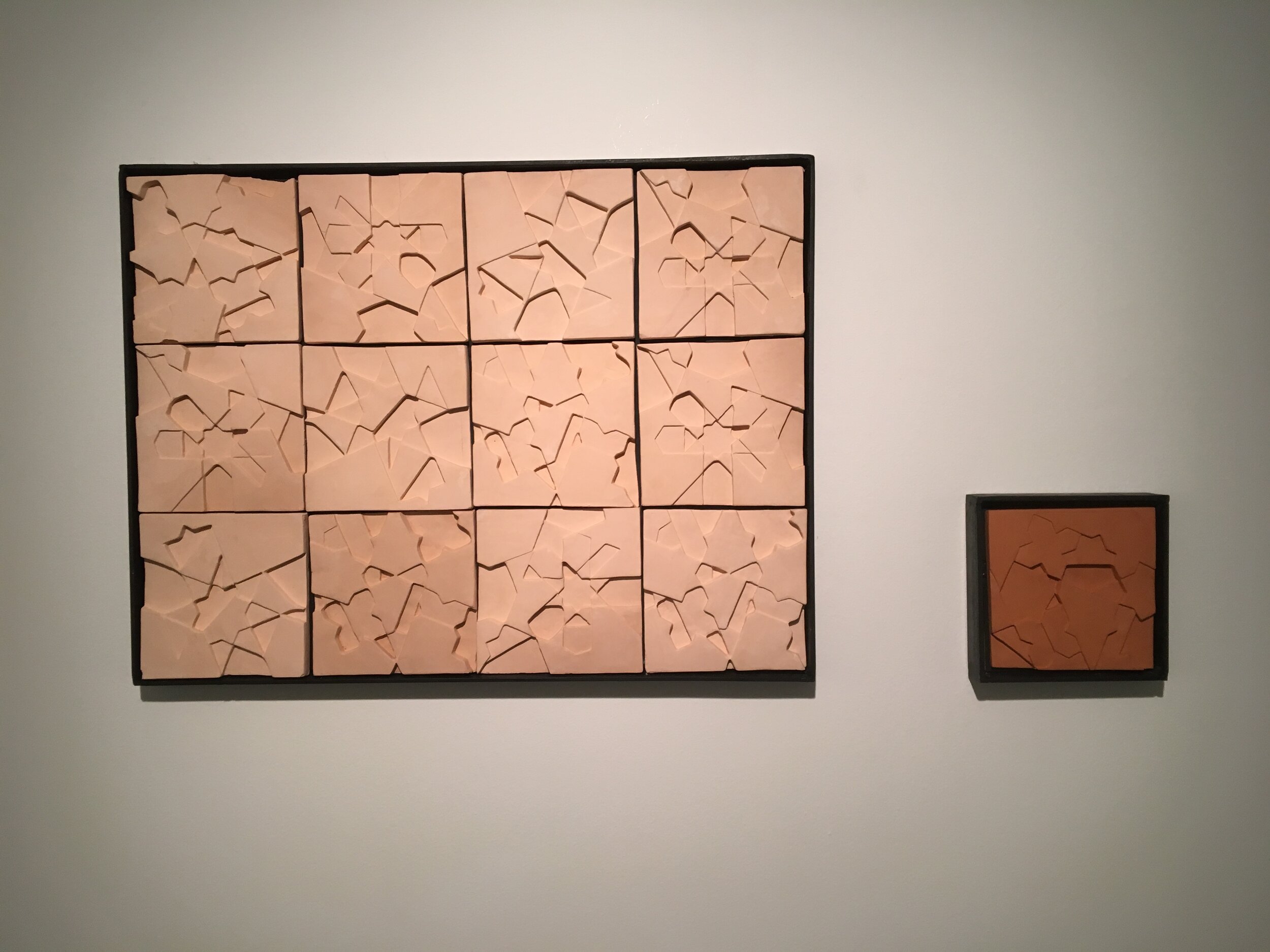


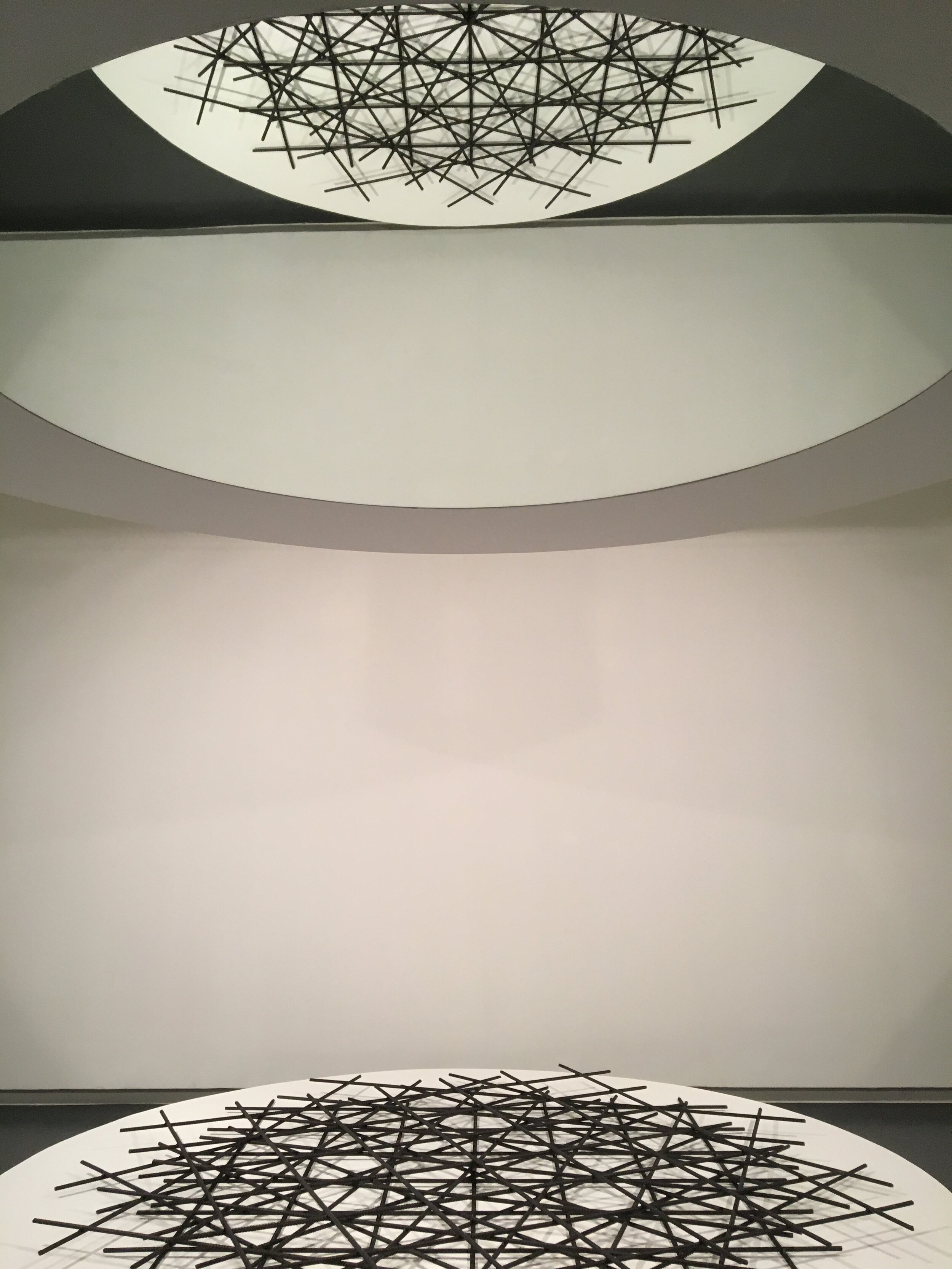
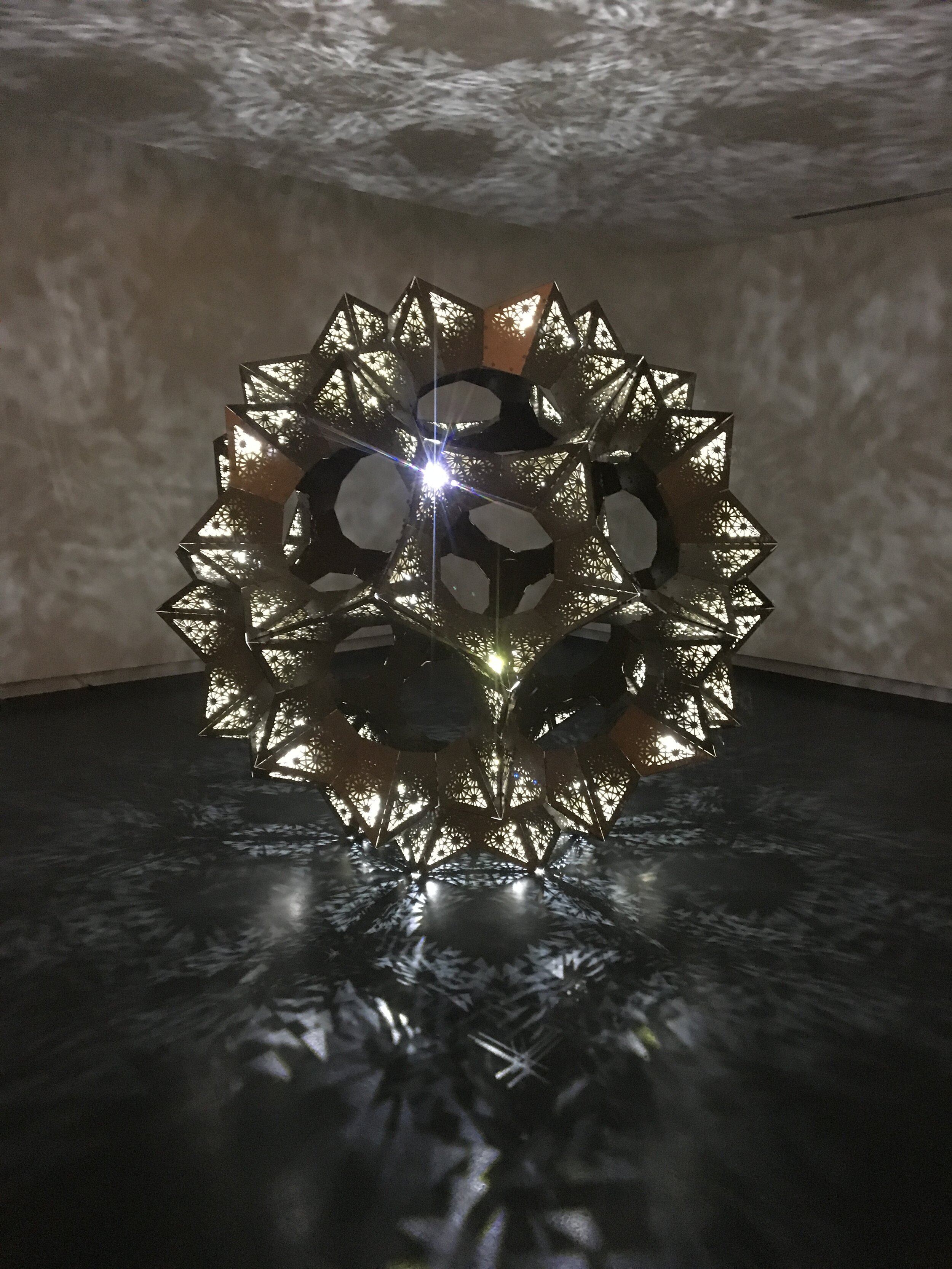
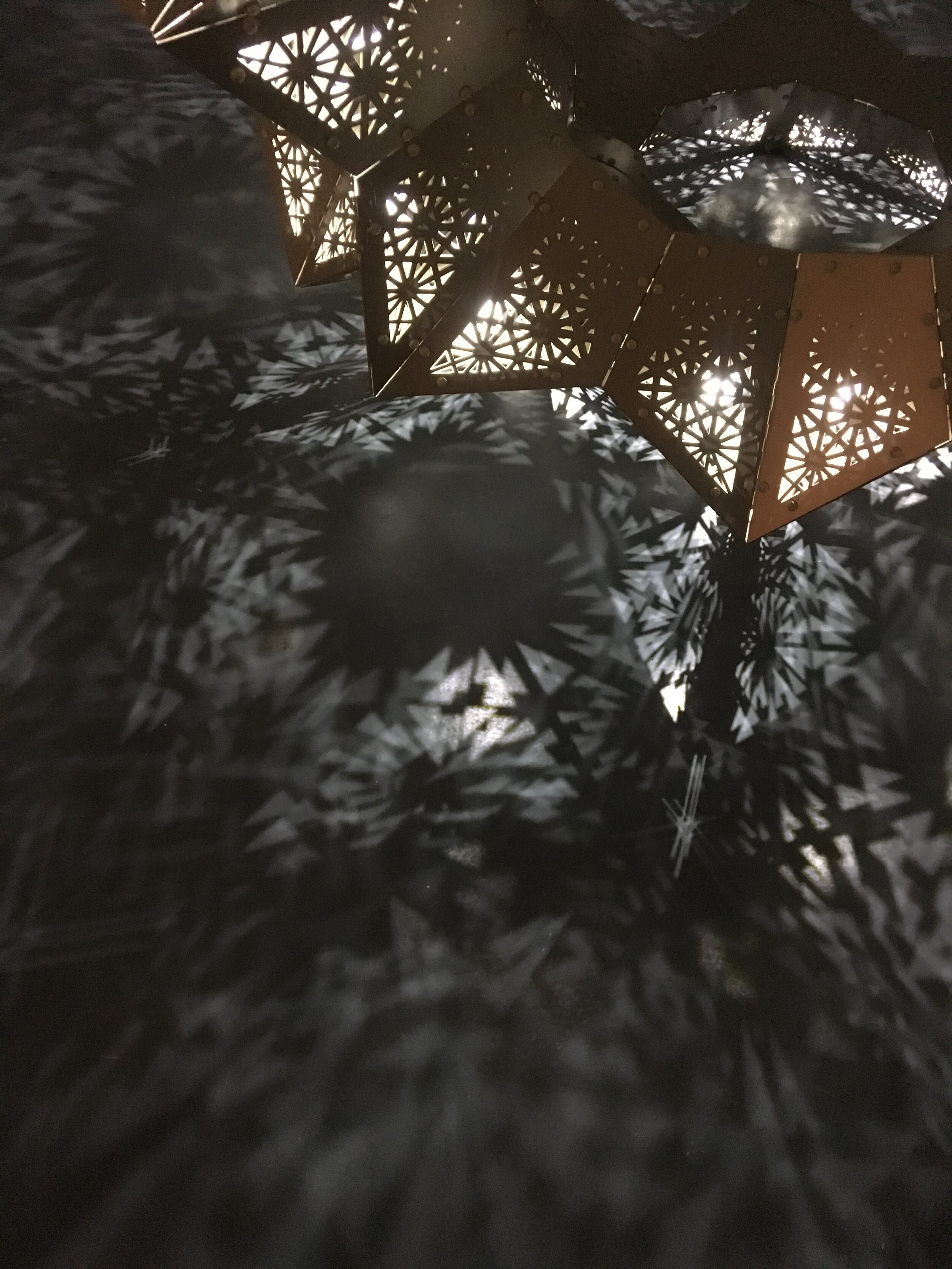
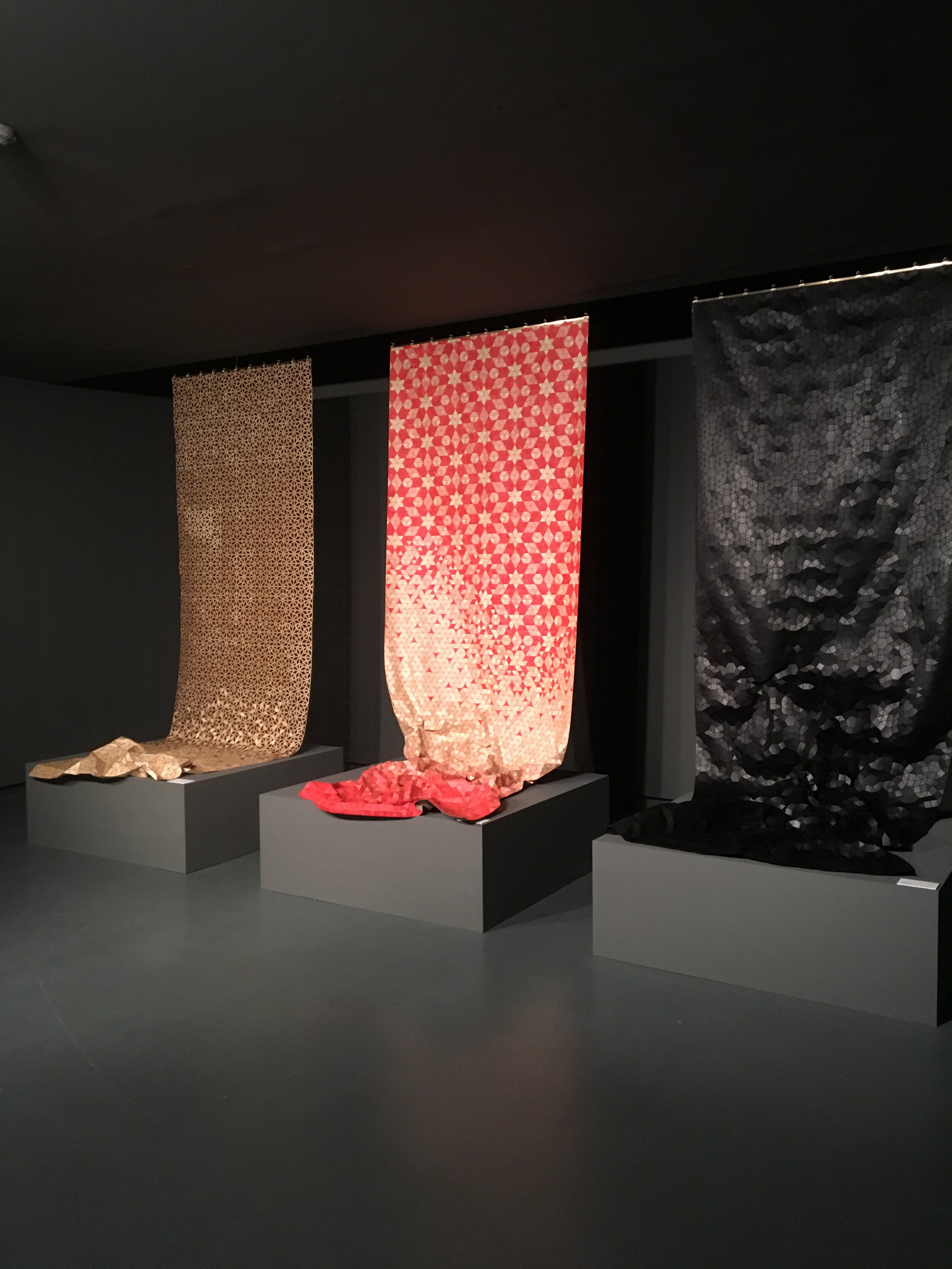

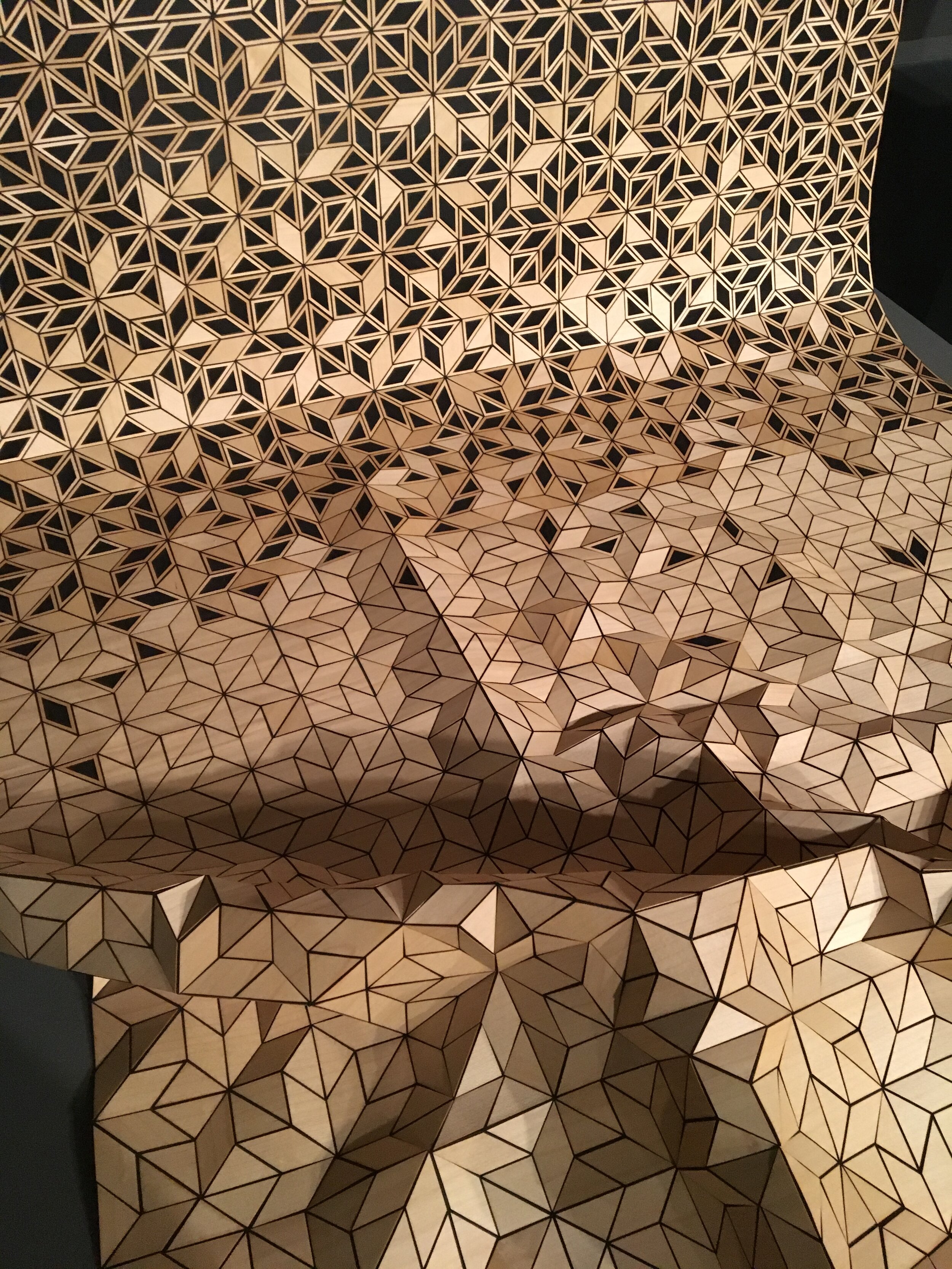

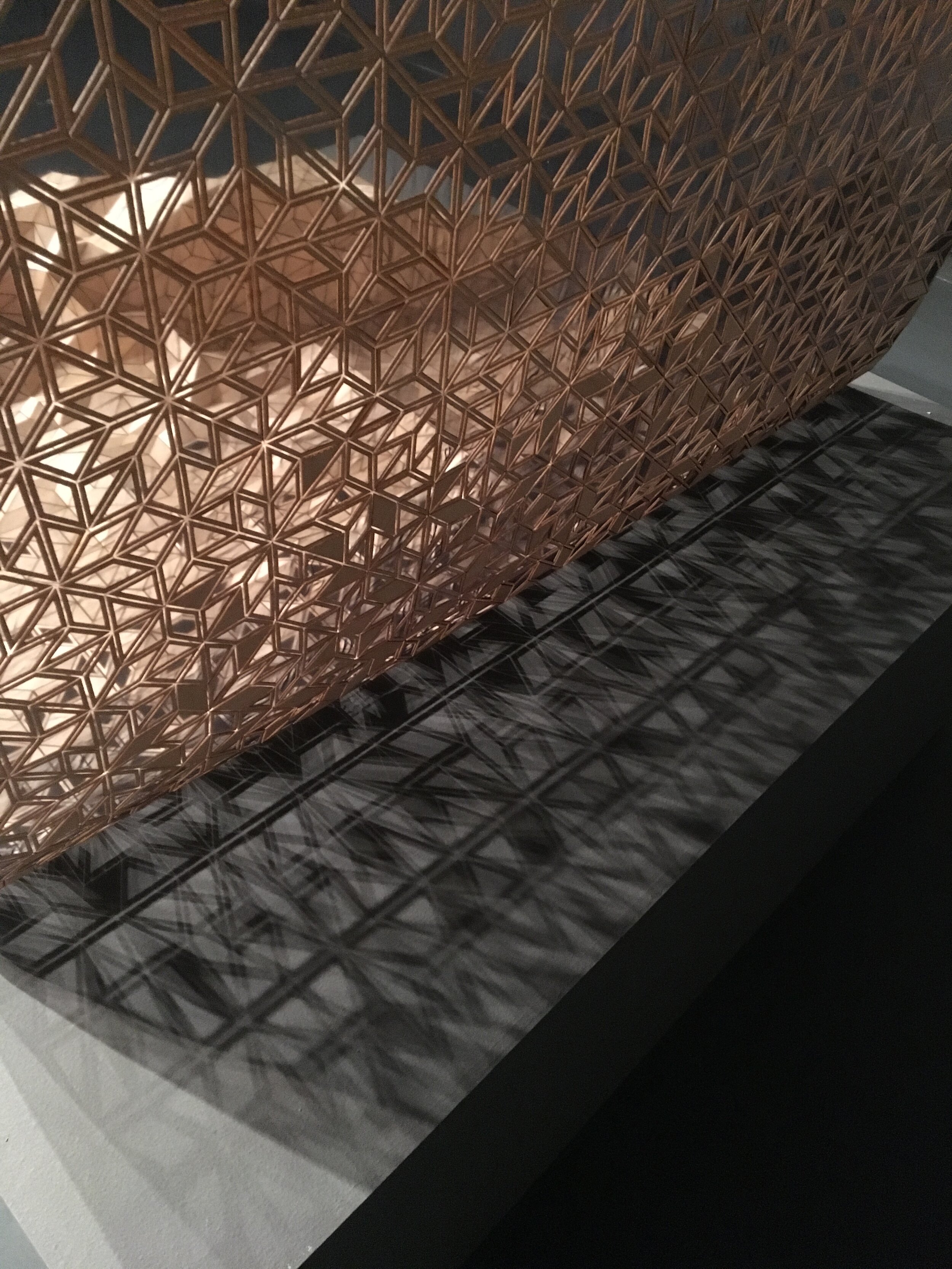
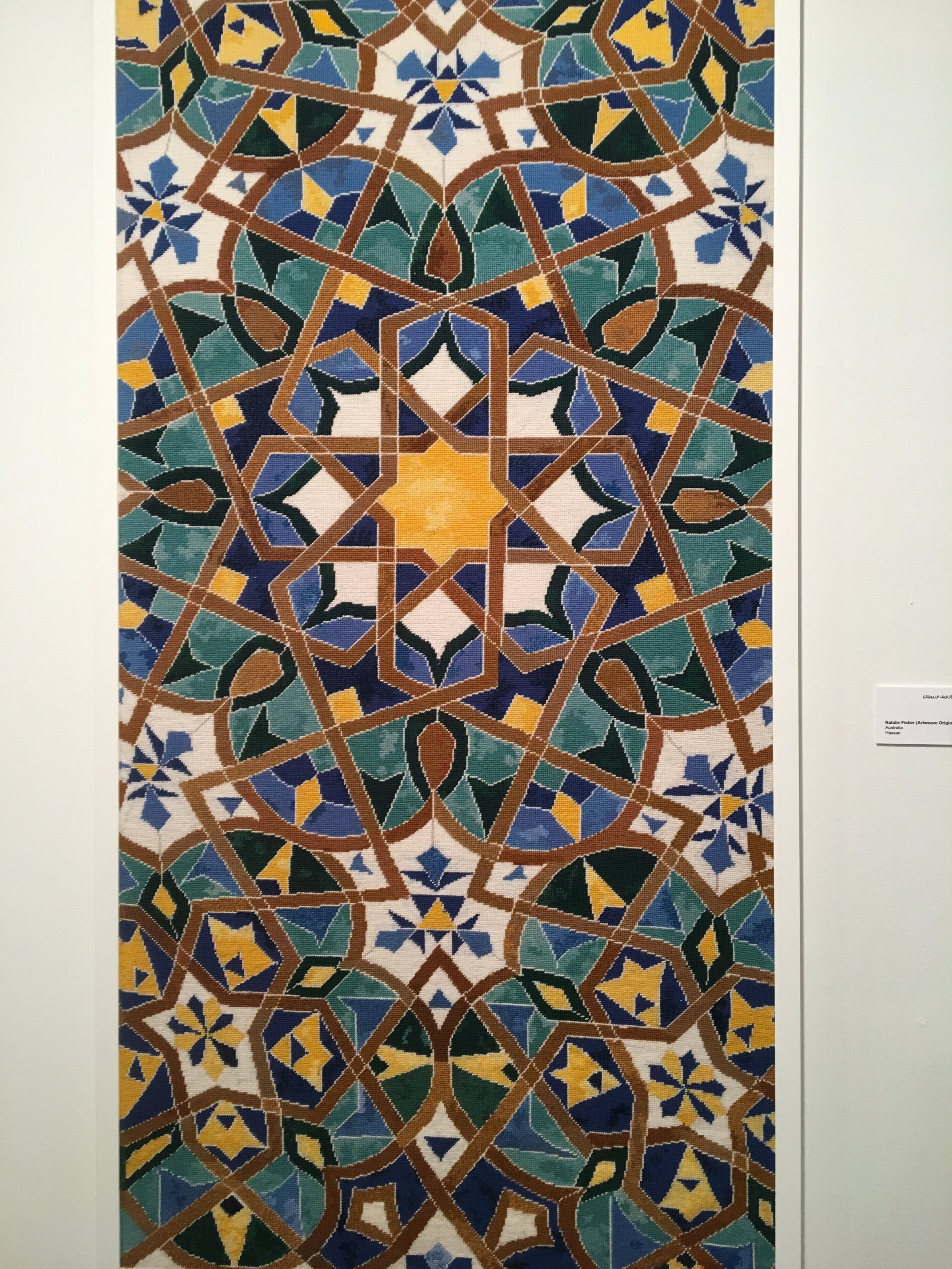
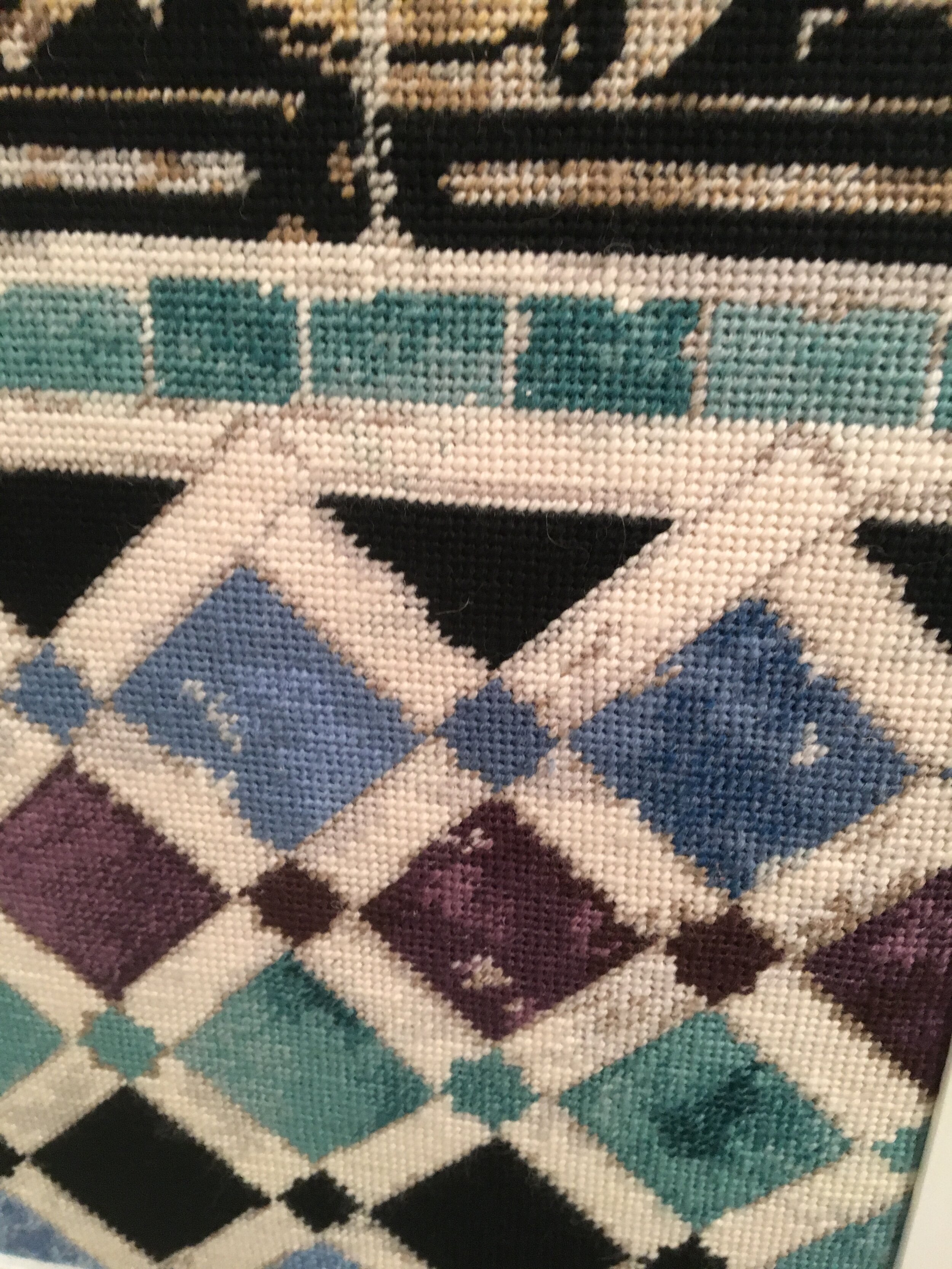
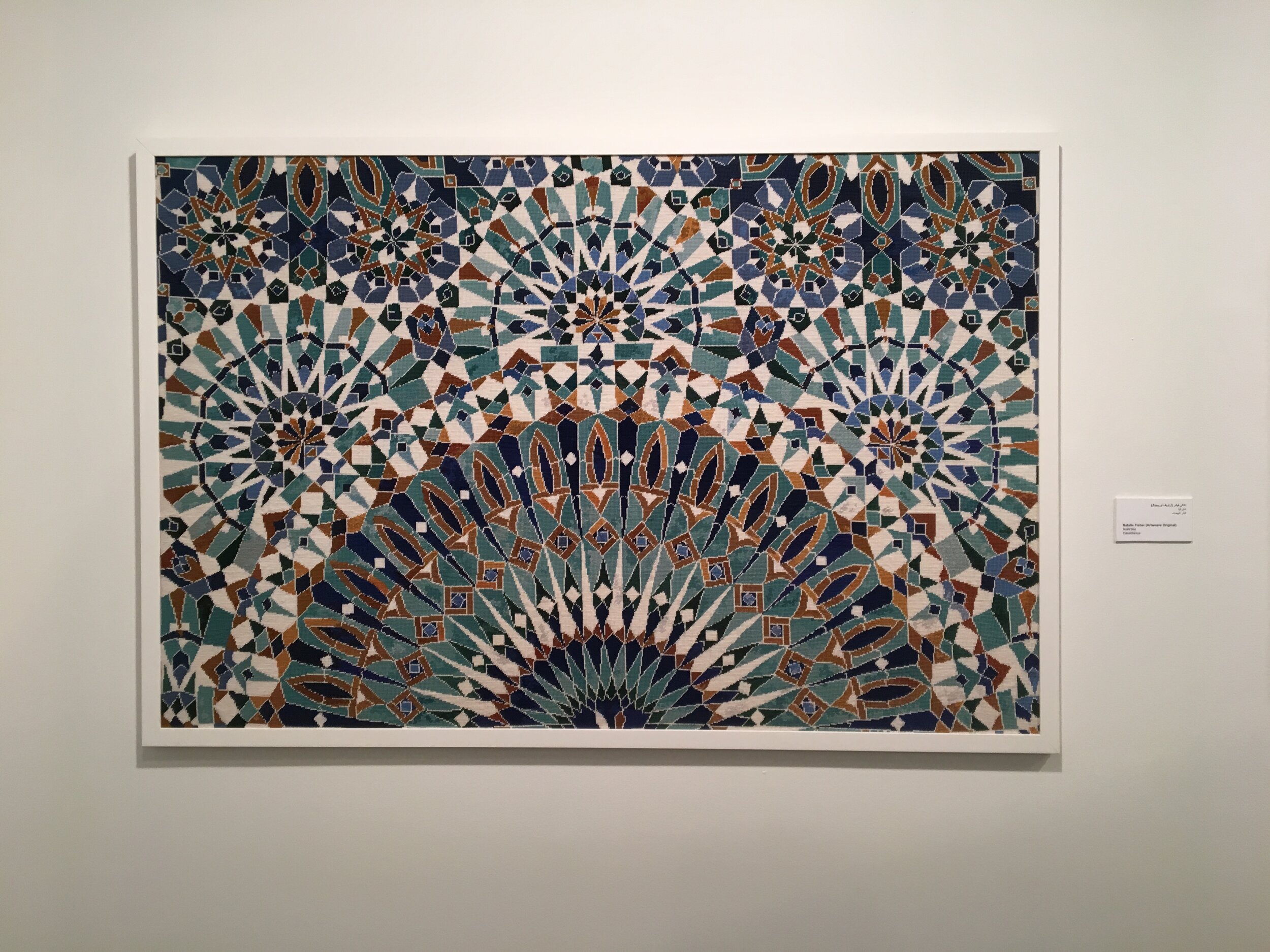
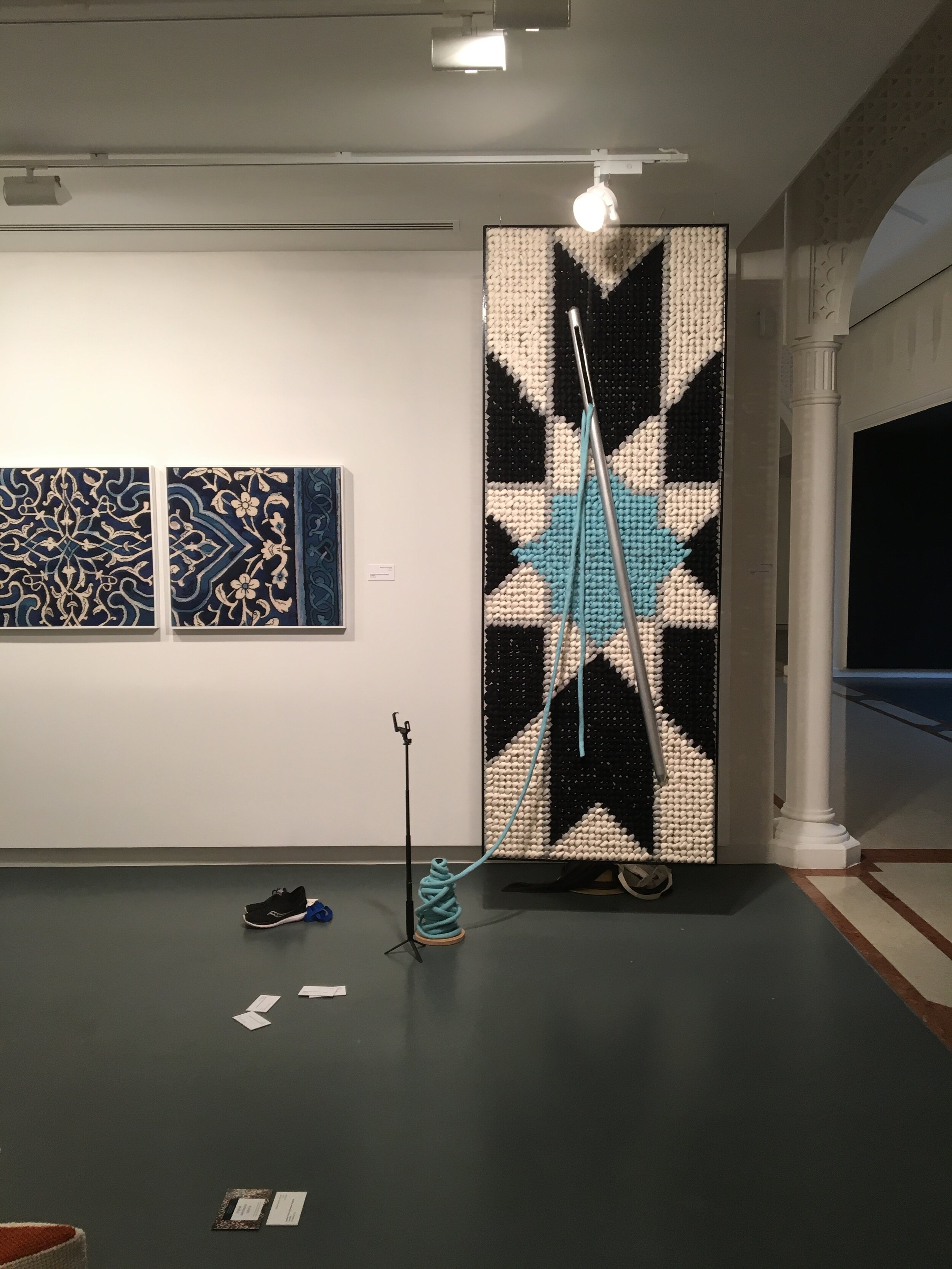

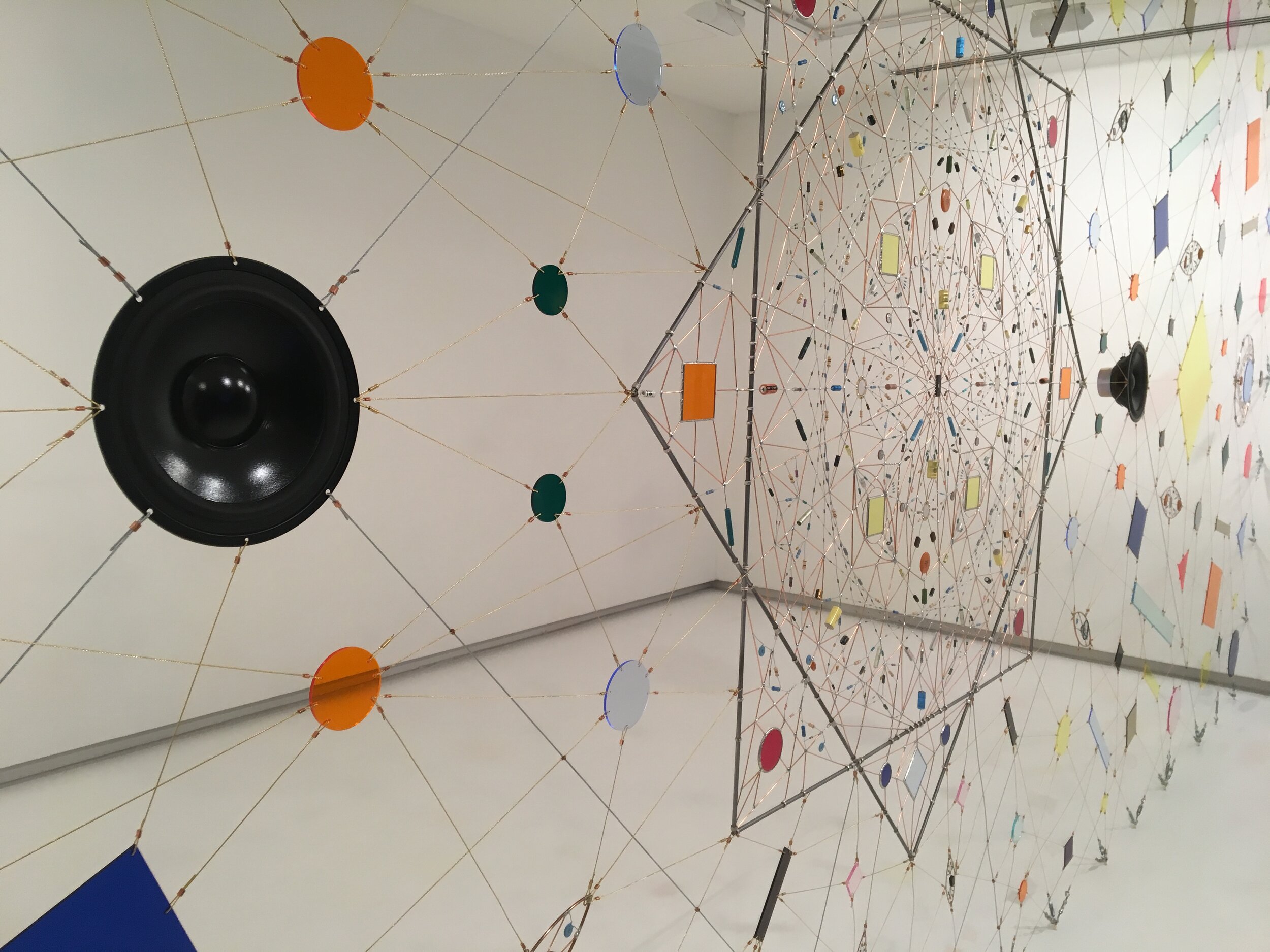
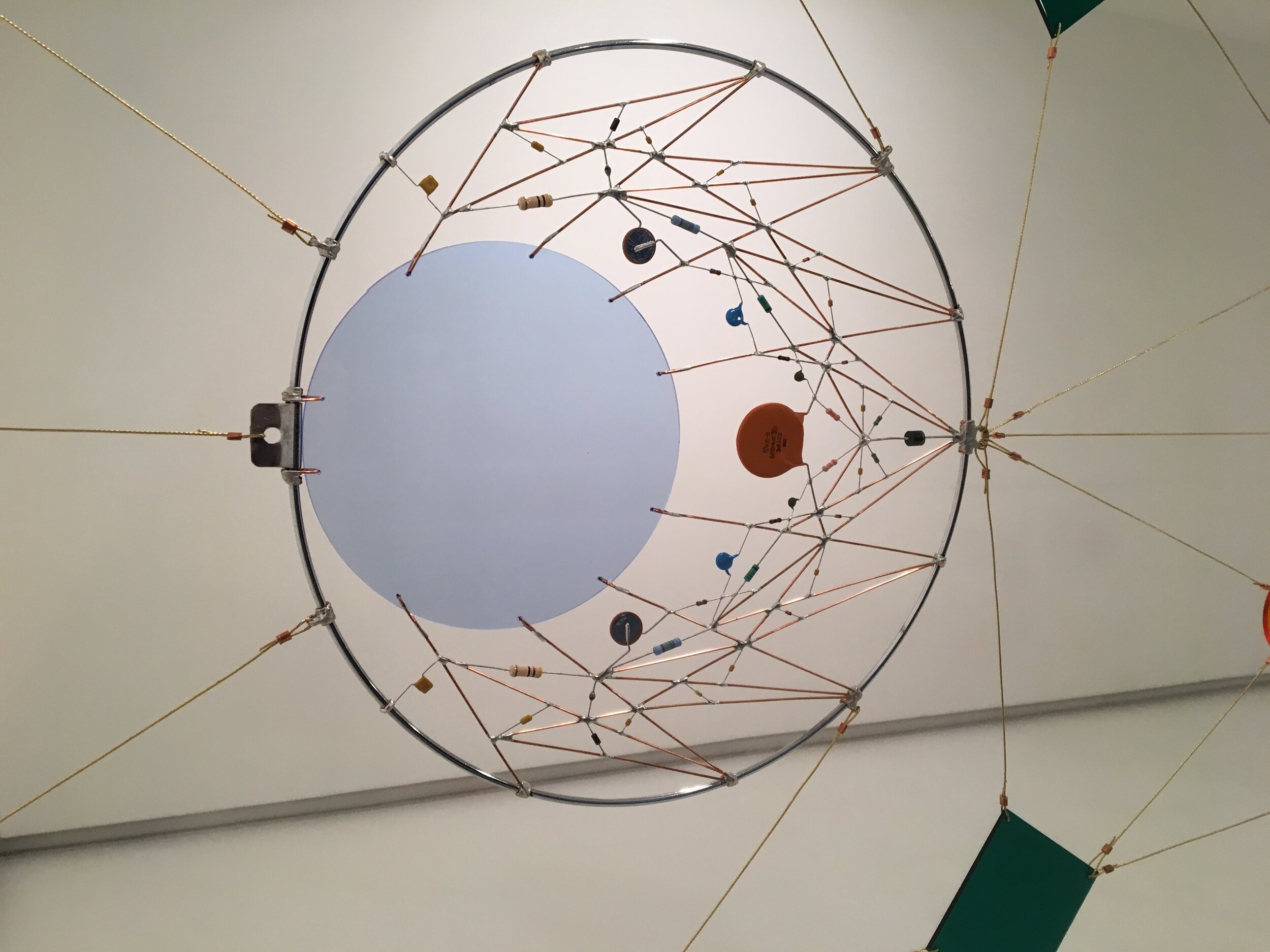
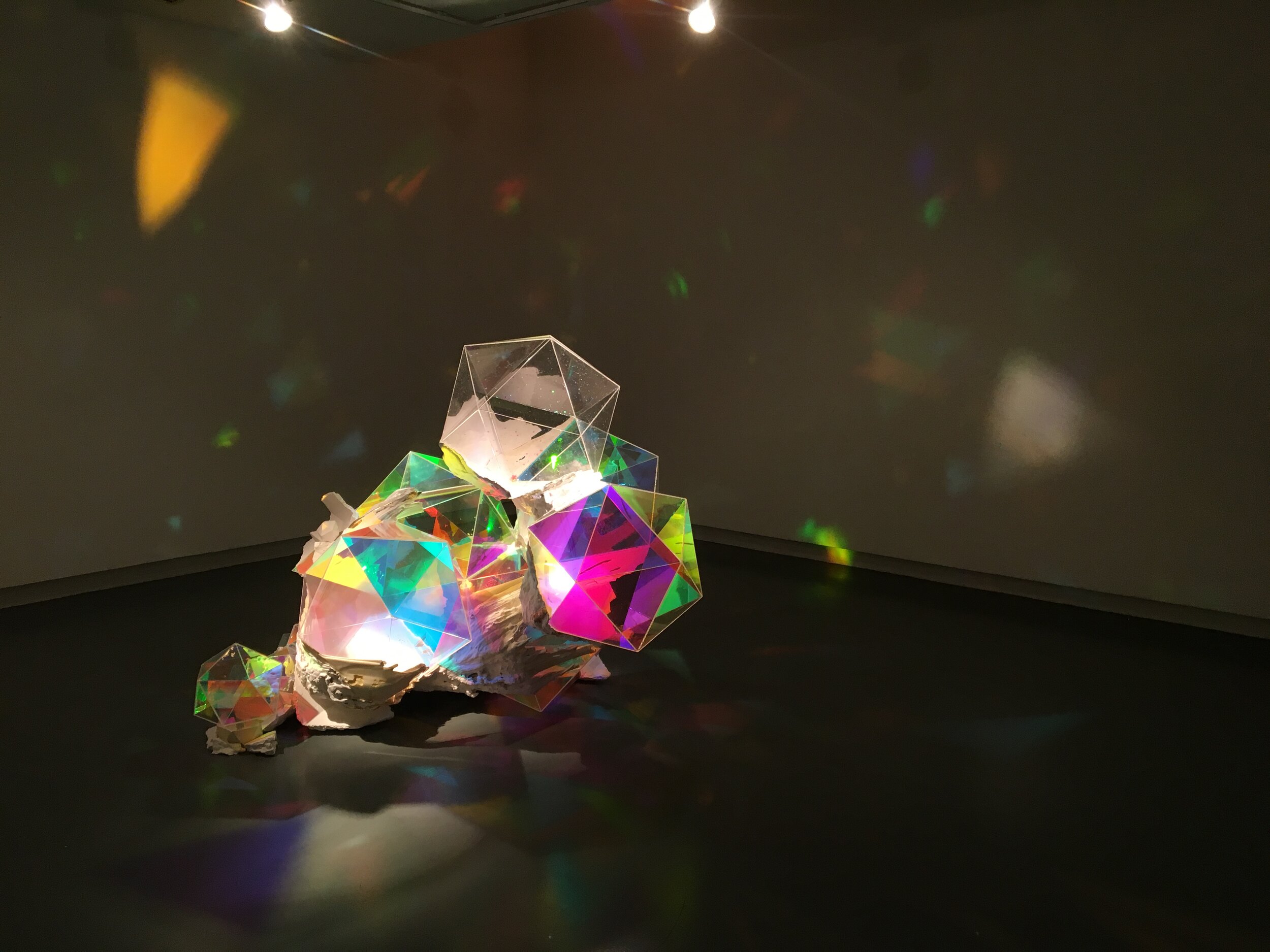

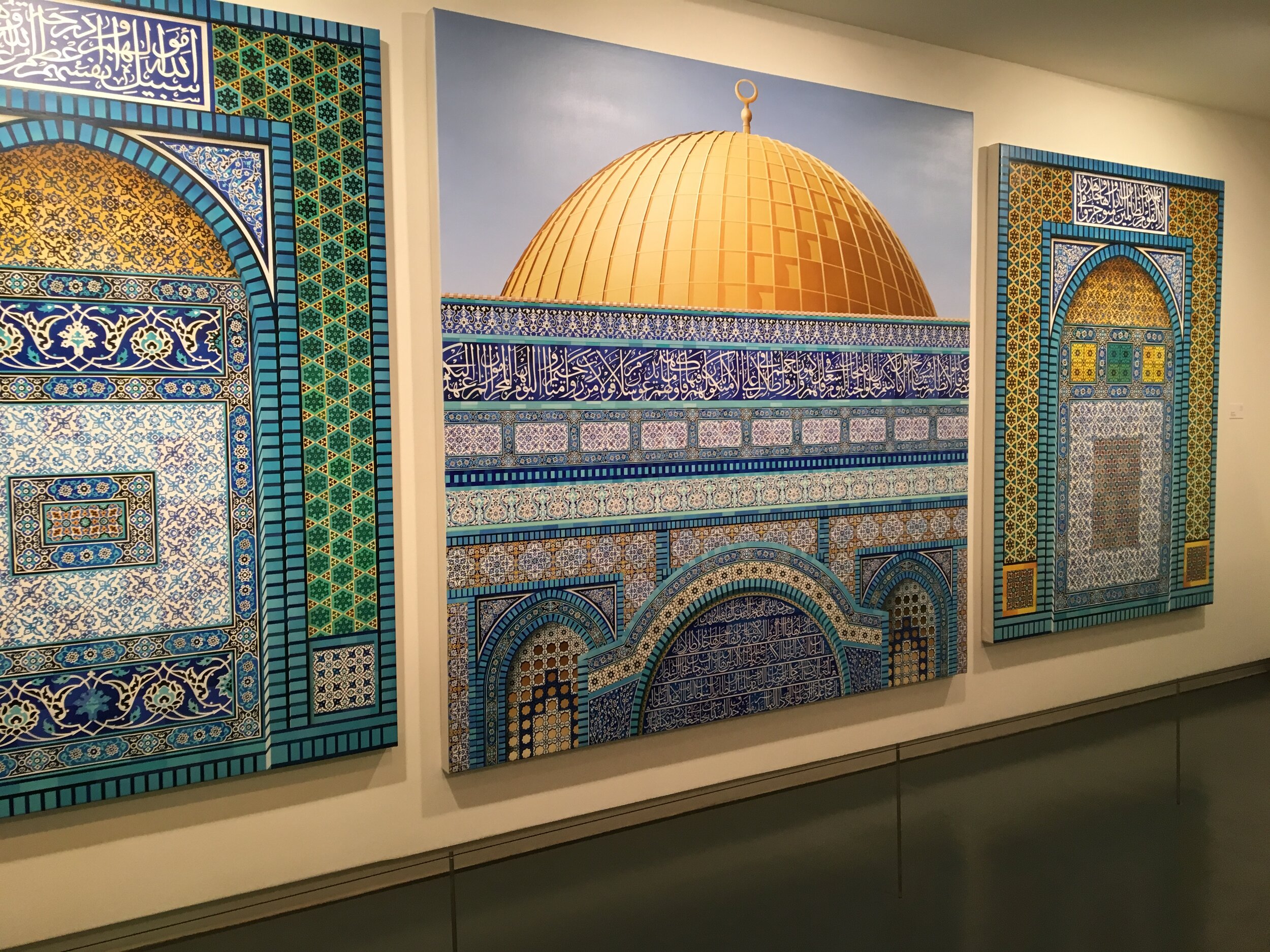


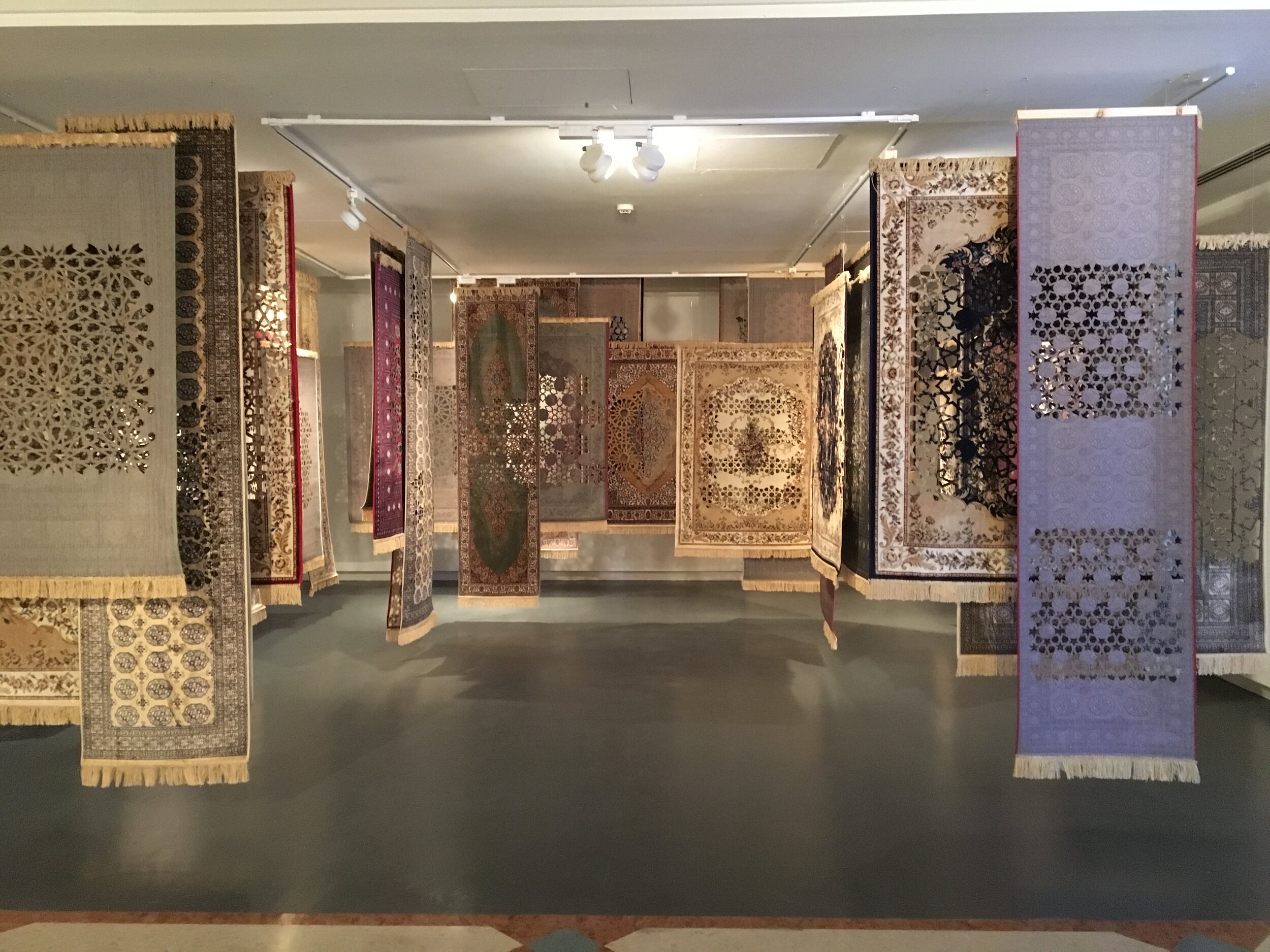
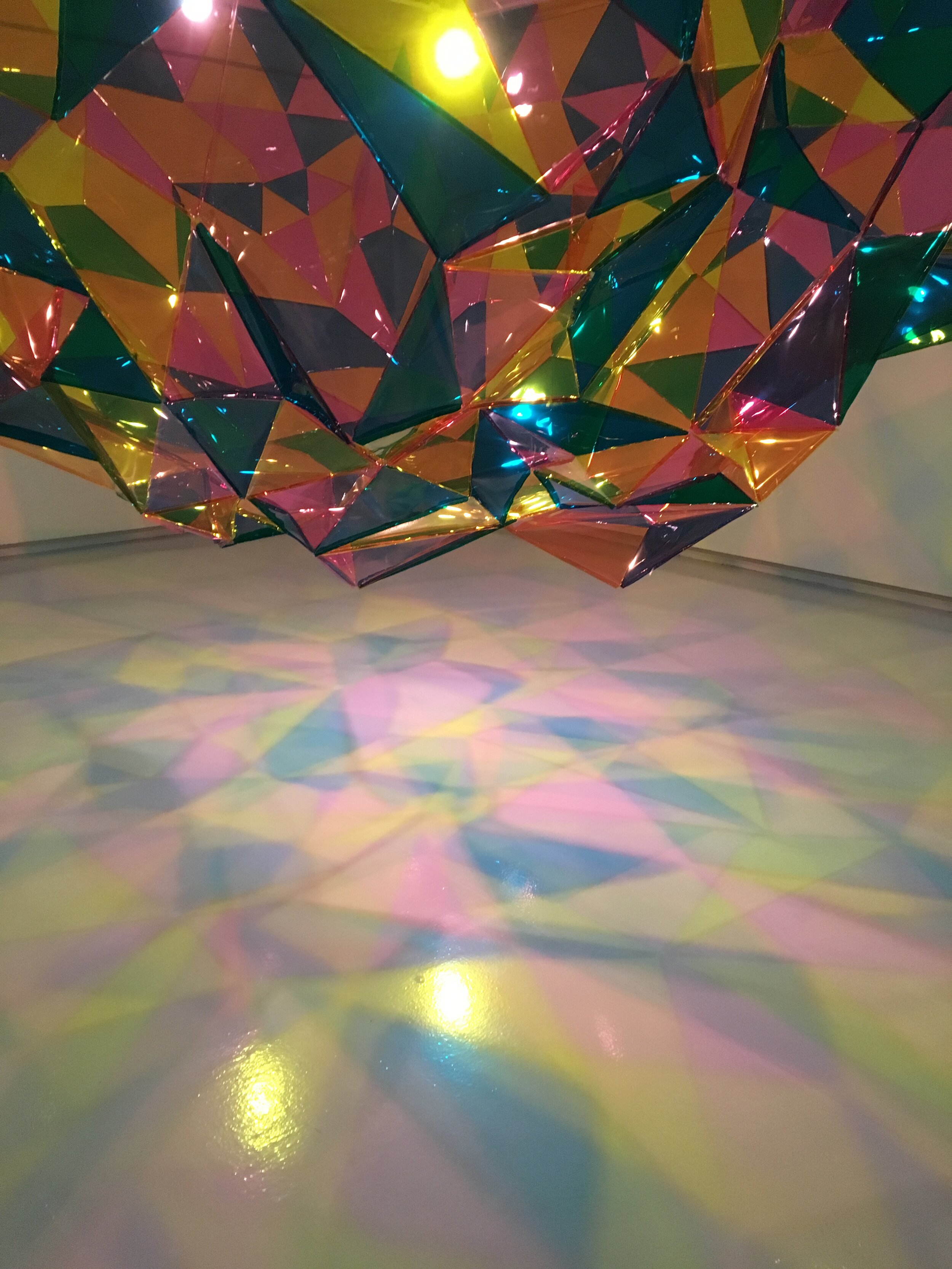
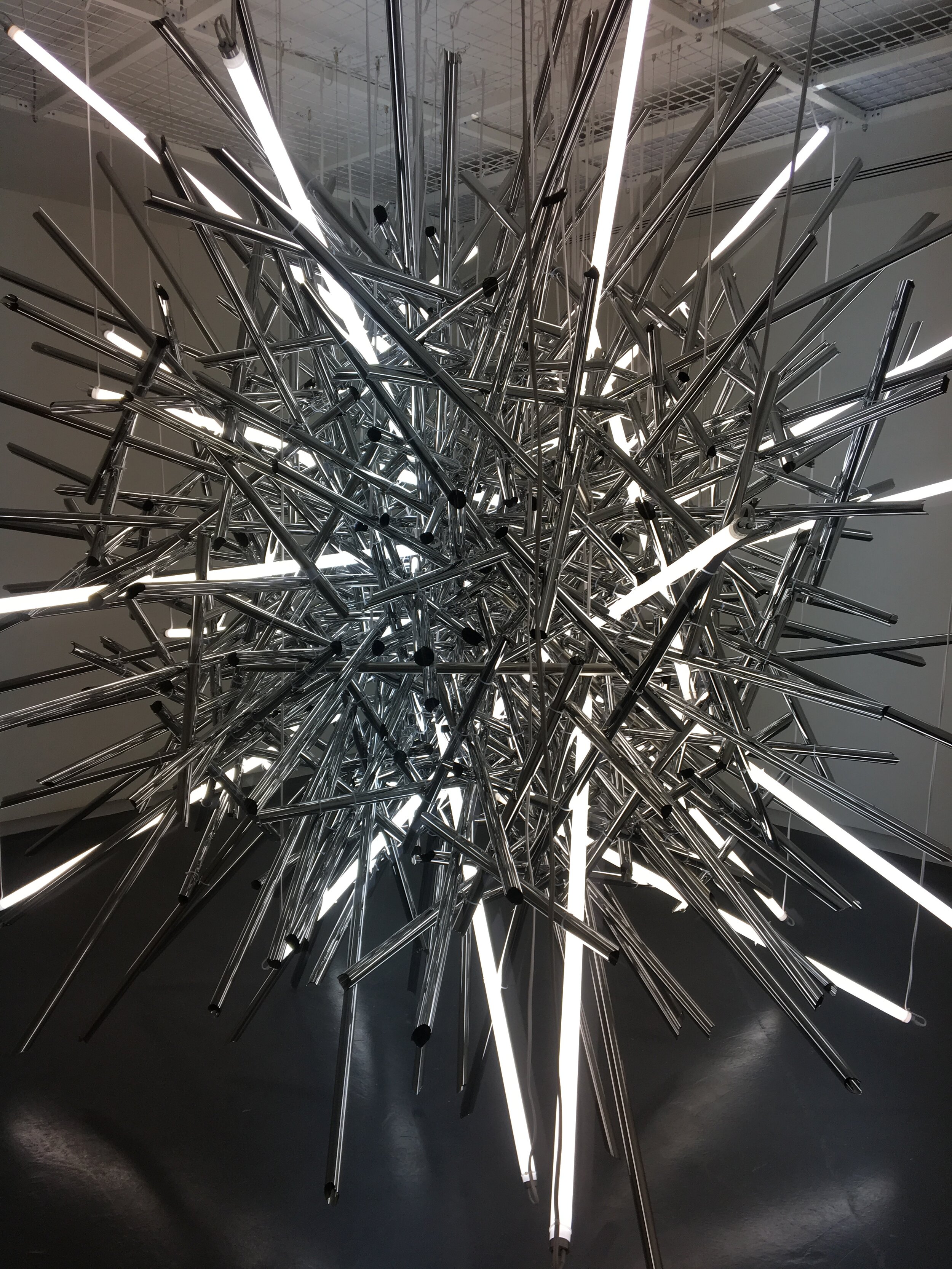































































 Nasseri, T, Lepton, 2017, steel, wood, latex strings, 17.5 x 90 x 28 cm, inspiration for installation or construction.
Nasseri, T, Lepton, 2017, steel, wood, latex strings, 17.5 x 90 x 28 cm, inspiration for installation or construction.